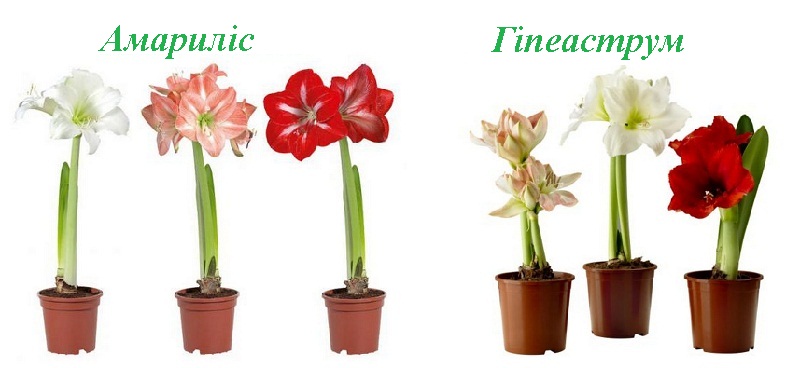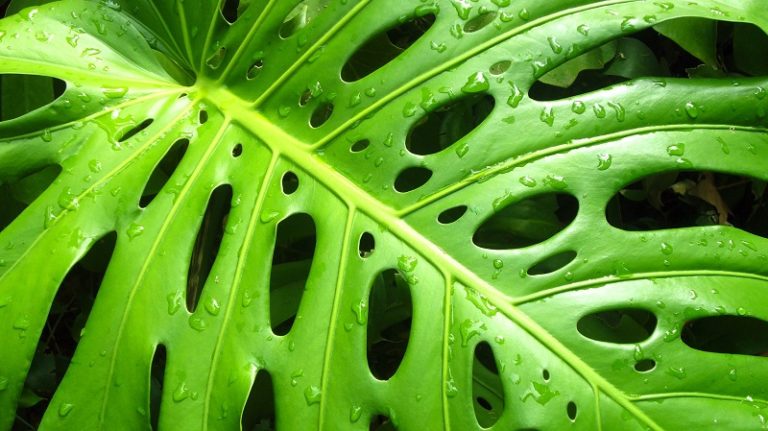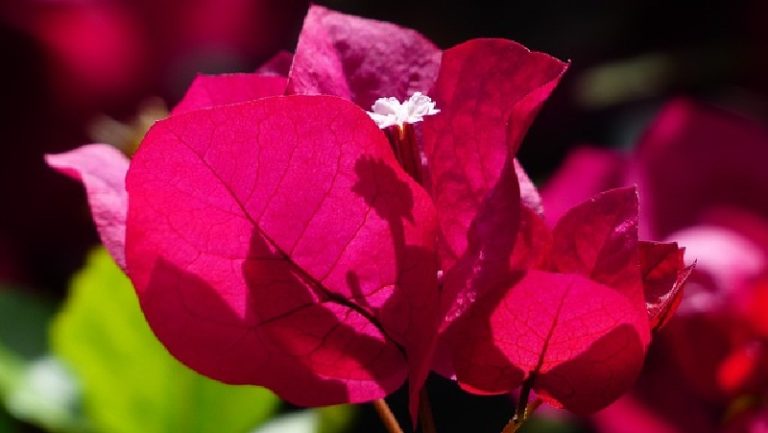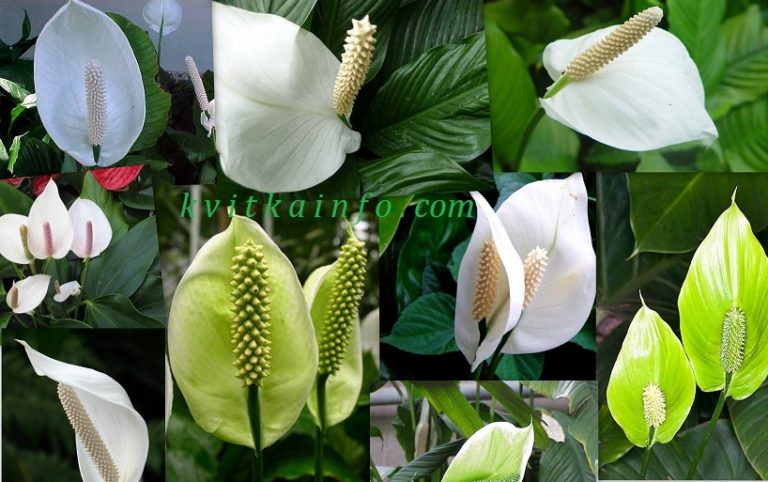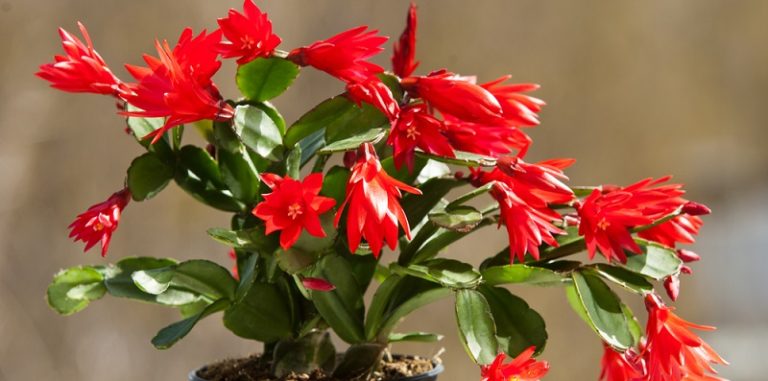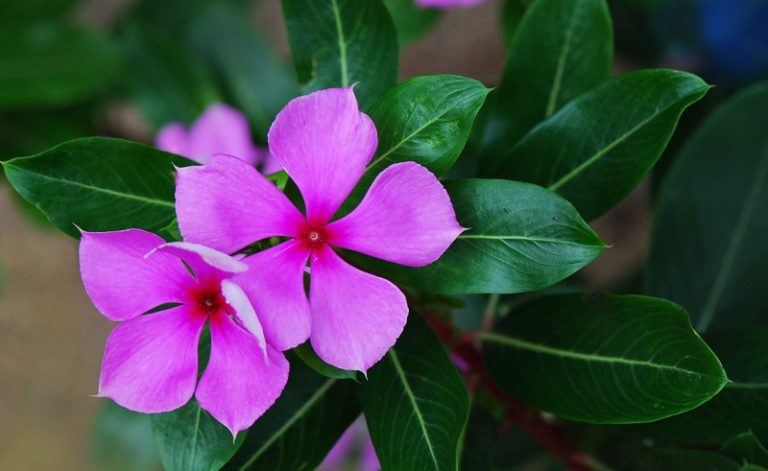Amaryllis and hippeastrum : care, transplantation and reproduction
Amaryllis and hippeastrum are bulbous houseplants with huge flowers growing on a thick, hollow pedicel. The number of pedicels (arrows) and flowers on it depends on the size of the bulb.
Large bulbs can produce 1-2 pedicels, on which up to 12 large bell-shaped flowers of white, pink, red colors can grow, they form large inflorescences. Amaryllis is a heat-loving plant, its homeland is South Africa. It is not grown outdoors because it does not tolerate the slightest frost.
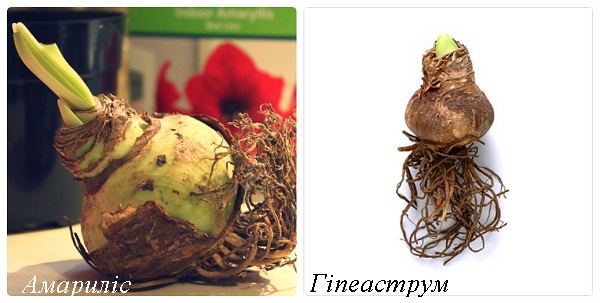
The difference between amaryllis and hippeastrum
Hippeastrum and Amaryllis – these two plants are very often confused because they are very similar to each other in appearance. Their flowering period is different, which distinguishes them. Amaryllis blooms in autumn – the flowers smell good, and the hippeastrum blooms in winter or spring – the flowers are odorless.
Another feature that distinguishes these 2 plants is the number of flowers on the pedicel: hippeastrum has up to 6 flowers, and amaryllis has 6 to 12 flowers on one pedicel.
Also, these 2 beautiful flowers can be distinguished by the shape of the bulb. Amaryllis bulbs are pear-shaped, quite large. Hippeastrum bulbs are rounder and slightly flattened, but it is quite difficult to distinguish some bulbs from others. In order not to make a mistake when choosing a bulb, it is better to buy them in specialized stores in the manufacturer’s branded packaging. The bulbs of these plants can be stored for quite a long time in a dry place.

Amaryllis is represented by a single species of Amaryllis belladonna, it is very rare, those plants sold under the name “amaryllis” are actually hippeastrum. Hybrid hippeastrum are very beautiful, their flowers are of different colors: orange, white, pink, red, they are also found with stripes of a different color along the edges or along the petals.
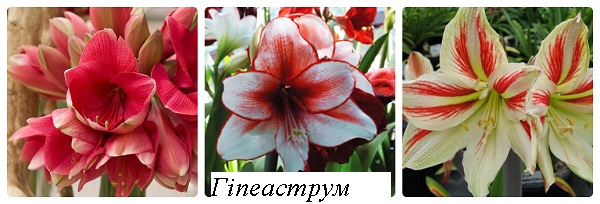
Caring for bulbous plants indoors
Caring for amaryllis and hippeastrum flowers does not require much effort.
Caring for amaryllis and hippeastrum at rest
Dormant time for amaryllis and hippeastrum occurs after flowering and lasts until the next flowering begins.

Watering
It is necessary to water bulbous indoor plants during dormancy very rarely, at the same time the soil should not dry out. Amaryllis and hippeastrum do not tolerate stagnant water. It is absolutely impossible to water the plant from above, because excess water will get inside the bulb, which will lead to its rotting. Pour water into a plate or pour water around the bulb. It is not necessary to feed amaryllis and hyperastum during the dormant period.
Air temperature
For amaryllis and hippeastrum bulbs, the air temperature should be moderate – up to + 20 ° C, but not lower than +10 ° C.
Transplantation and reproduction
Amaryllis are perennials and do not need to be transplanted every year. You just need to replace the topsoil so that the previous soil level is the same (do not fill the bulb above the previous level). You can transplant a plant every 2-3 years, or when you need to separate the children and plant them in a separate pot. An adult bulb that has been removed from the old pot must be cleaned of rotten roots and dry or rotten scales . The prepared bulb is planted one piece at a time in a pot, but the soil level should not be higher than 2/3 of the height of the bulb (do not cover the entire bulb). Choose a pot not high, but wide, 3 cm is enough. free space around the bulb.
When propagated by daughter bulbs-“children”, the plant will bloom in the third year, when grown from seeds, it blooms in the 7th year.
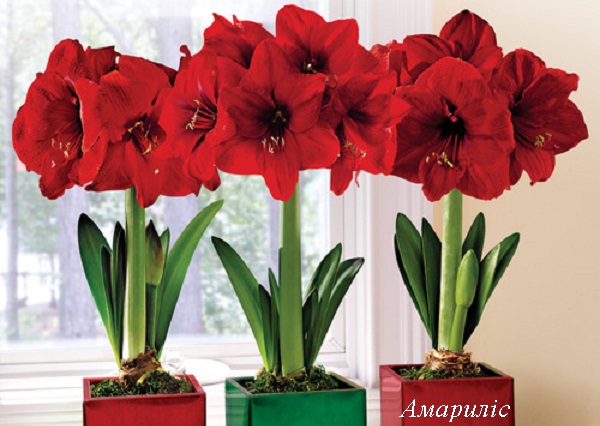
Watch the video about indoor violet. Violet flowers are multi-colored, simple, double, wavy with a diameter of 2 to 4 cm.
Care of amaryllis and hippeastrum during the period of active growth (vegetation)
The plant will “tell you itself” about the beginning of the growing season: an arrow, a future pedicel, will begin to grow from the bulb. Amaryllis blooms in a leafless state. The leaves only appear during flowering. Hippeastrum keeps green leaves throughout the year, and at the beginning of the growing season it releases an arrow.

Air temperature
The air temperature for amaryllis and hippeastrum during the growing season should be moderate: +20-+ 25 ° C. Light should be bright, but direct sunlight should be avoided.
Watering
It is not advisable to water the plant at the beginning of the growing season. Until the arrow reaches a height of 10 cm, amaryllis and hippeastrum do not need to be watered. When watering, at the beginning of the growing season, the arrow will grow slowly, the leaves will grow, and the bulb will have little strength left to flower. After reaching the specified height of the arrow, the plant is watered as the top layer of the earthen coma dries up with warm soft water along the edge of the pot so that water does not fall on the bulb.
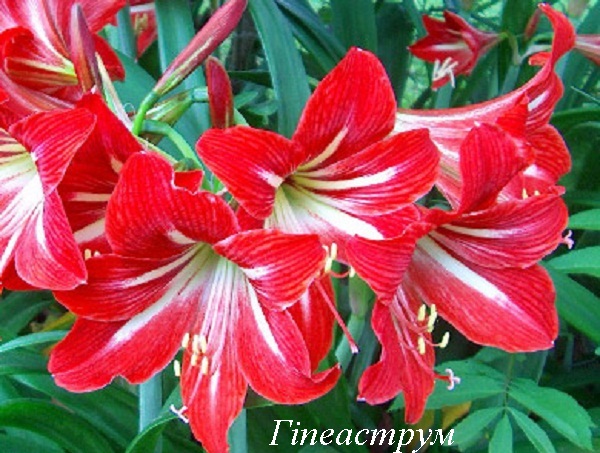
Fertilizer
You need to start feeding the plant during the growth period of the arrow. Feed the flower 1 time in 14 days with a complex mineral fertilizer for flowering plants.
Care after flowering
At the end of flowering, when the pedicels dry out, a dormant state sets in, the leaves do not need to be cut off, and the plant is fed for some more time (30 days). Then top dressing and watering are reduced and after 2 months they are watered only occasionally. The flower enters a dormant state. The desired temperature during this period is cool, but not lower than +10 ° C. Bright light is not needed for the bulb at this time. The dormant period lasts up to 6 months.
It is very important to alternate dormant periods with growing seasons.

